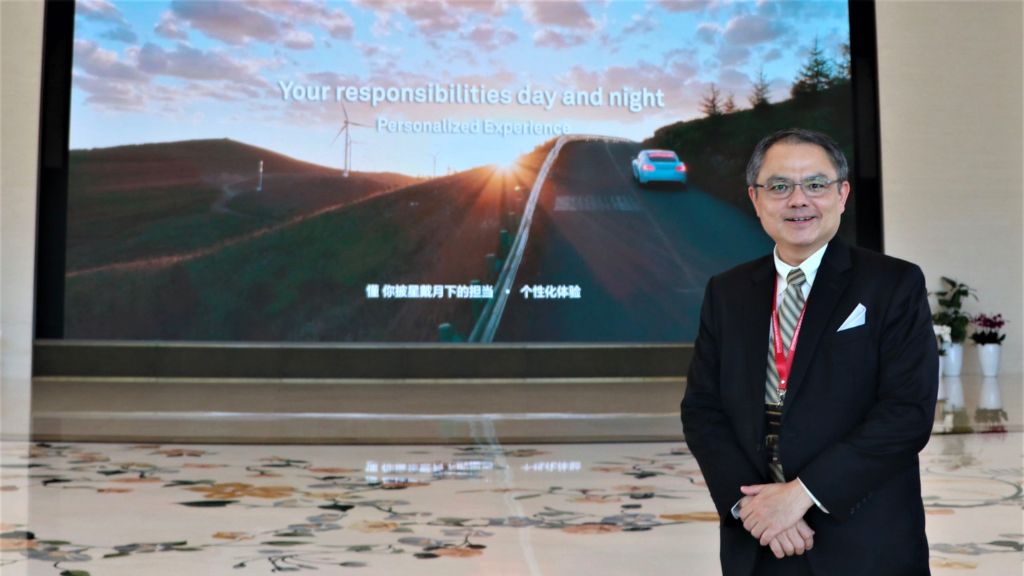Seven steps to implement AI in public safety agencies
By Hong Eng Koh
Huawei’s Global Chief Public Safety Scientist, Hong Eng Koh, shares seven steps for public safety agencies to integrate Artificial Intelligence.

AI is the answer to improving public safety. Yet an agency must overcome several obstacles before implementing AI. For AI implementation to be feasible and beneficial, we need to look at different perspectives: Most important of these is to understand that the AI can be different ways in public safety - some easier than others.
This seven-step framework does not represent a mandatory nor chronological process, but ranks the difficulty of integrating AI applications into public safety operations.
1. Analyse
This addresses the Who, What, When and Where in public safety. They include analysing text, images, videos, audio, and even sensory data. And such analysis should be translated meaningfully into descriptions, and categorised accordingly.
2. Automate
Public safety involves a lot of routine procedures which can be automated through AI applications. Examples include daily crime report generation, the deployment of officers, crime scene photos classification, investigation summaries, and vehicle rostering.
3. Assess
This is where AI implementations start to get interesting. It goes beyond the analysis of data, and involves an assessment of broader trends.
It addresses the Why and How, instead of merely knowing the Who, What, When and Where. Examples are why a series of similar crimes were committed in a neighbourhood, or how a person is radicalised to support terrorism.

4. Augment
Laws govern the vast majority of public safety operations, but many decisions have to be made on the ground based on officers’ situational assessment, knowledge and experience.
This is why AI is more commonly known as Augmented Intelligence in a few industries. It is a complement to, and not a replacement of, human intelligence. It is about helping workers become faster and smarter at the tasks they are performing.
Augmenting in public safety means providing information to the right officer, at the right time and place so that can make better-informed decisions. These include information on crime-prone areas and the location of past criminals in those areas.
5. Assist
This is where the officers on the ground have an AI assistant, that can communicate in natural language, as opposed to data and visualisation. The assistant here can suggest a route for the officer to patrol, places to visit, and the people to check on, based on priorities, urgent dispatches, and cost-benefit analysis.
6. Anticipate
AI can be used to anticipate crime by identifying suspicious behaviours. These could include a person’s movement in an airport, an increase of human traffic at a particular place, or unusual traffic conditions.
By putting surveillance data through meaningful algorithms, they can be used to predict crimes, riots, traffic accidents, and even whereabouts of suspects. But before that can happen, data needs to be collected and classified to differentiate between normal and anomalous behaviours.
7. Autonomise
It is no secret that frontline officers put their lives at risk each time they are deployed. Autonomous entities can be deployed to reduce that risk, and also reduce manual intensive labour.
While Robocops may still be years in the making, robots with surveillance capabilities and autonomous movements can already enable officers to monitor situations from a command centre, instead of being there themselves.
The public safety sector is already facing disruptions due to evolving threats, and digital transformation must be carried out for it to stay ahead. Requirements and desired outcomes will dictate the application of AI, and this 7 As framework can help an agency identify and prioritize what they need to do.
Hong Eng Koh is the Global Chief Public Safety Scientist at Huawei Technologies. He works with ministers, police commissioners and public safety leaders around the world, helping them use cutting-edge technologies.
Koh started his career at the Singapore Police Force, rising up the ranks to serve as the Head of Computer Systems for eight years. During this time, he implemented pioneering platforms for criminal investigations, casualty management, investigations and vehicle screening. After the police force, he spent a total of 15 years as Global Lead for Justice and Public Safety at Oracle and Sun Microsystems.